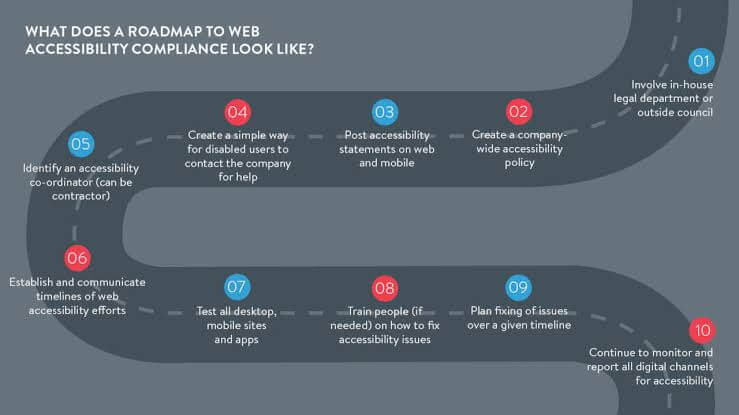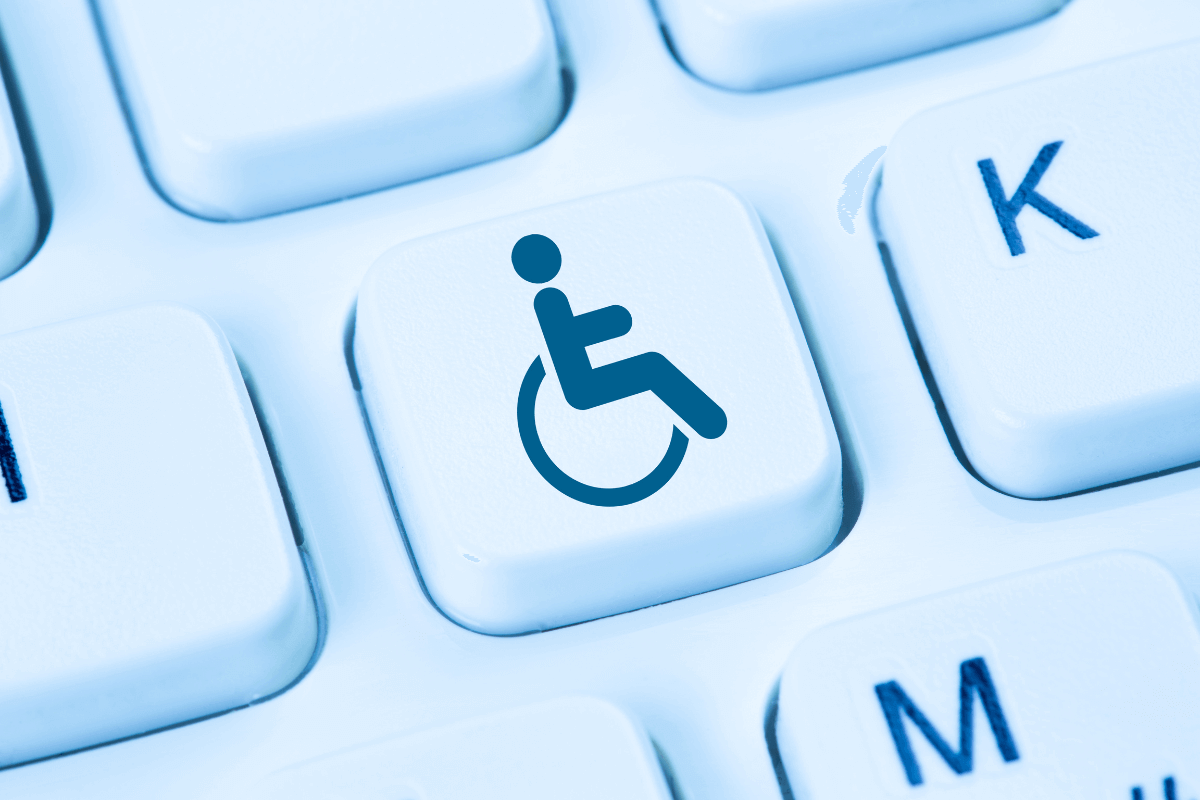You are passing a restaurant on a crowded street. You observe a large sign in the restaurant’s window that states “No Deaf persons admitted” despite the restaurant’s beautiful atmosphere and tempting cuisine. Would you enter?
This scenario may sound absurd in 2022. In fact, the Americans with Disabilities Act (ADA) prohibits businesses in the United States from discriminating against persons on the basis of disability, and a sign declaring discriminatory intent would immediately attract the notice of attorneys.
Even without the possibility of legal action, few firms would market their bias. Whether or not you have a disability, you probably do not want to be seen eating at a restaurant that excludes a certain set of individuals.
If a restaurant discriminated against the Deaf, as well as people with vision impairments, cognitive disabilities, or any other condition, it would not prevail. However, despite the efforts of accessibility advocates, many websites convey the same message to disabled users.
Table of Contents
Website Accessibility Restrictions Might Be Just As Discriminating As Physical Ones
While we’re not aware of any websites with a “no Deaf people allowed” icon on their homepage, we’ve observed a number of well-known brands make critical errors which restrict their audiences:
- Not providing alternative text for images, that has an impact on people with vision impairments
- Including “keyboard traps” on web forms, which can be frustrating for individuals who use a keyboard to browse the web
- Employing low-contrast text, which can be challenging for individuals with Color Vision Deficiency (CVD) and other conditions
- Publishing videos without captions or transcripts, which negatively affects people with hearing disabilities
If a person with a disability is unable to use your website, they will likely take their business elsewhere, and they may even tell their friends and family about their bitter experience.
Neglecting Inclusivity Can Have Severe Repercussions For Businesses
Accessible design conveys a different message: that your brand is committed to including all individuals in the dialogue. This message can be an effective business-building tool. Simply put, consumers care about your company’s values. When you disregard a substantial portion of your audience, you’re indicating that you don’t care about them; however, when you embrace accessibility, you send a powerful message to all of your customers.
Digital Accessibility Starts With An Inclusive Mentality
Companies do not deliberately create inaccessible websites. Accessibility barriers arise when developers, designers, and content creators concentrate on the experiences of the “ideal” user: A person who can use a mouse and keyboard and whose browsing preferences are unaffected by any disability.
This approach disregards the reality of the current Internet. 26% of the adults in the U.S. are disabled, and many others have temporary or situational disabilities.
If your website has significant traffic, you have customers with disabilities; if you don’t have customers with disabilities, you’re doing something wrong.
The solution is to consider actual users from the earliest stages of design. If your entire team is committed to inclusive design, you will produce superior digital products, and by promoting your dedication to accessible design, you will demonstrate leadership by example.
Create An Accessibility Compliance Road Map
First, evaluate your content according to the Web Content Accessibility Guidelines (WCAG). WCAG is the global standard for accessibility, and automated tools can provide an insight of your current level of conformance.
After identifying accessibility barriers, take the following steps:
- Create a remediation plan

Image Credits: raconteur.net
- Develop a plan for regular audits of accessibility. Audits should include manual testing performed by testers utilizing screen readers and other assistive technologies (AT)
- Integrate accessibility requirements into your business processes. Include all members of your team, not just developers and other technical personnel
- Always keep accessibility in mind. Web Accessibility is important regardless of whether you are redesigning your logo, publishing a blog, or communicating via social media. Everyday consideration of your users will help you make better decisions
Accessibility requires an investment, but its tangible and intangible benefits are immeasurable. By becoming a leader in accessibility, you are doing the right thing for your users, and your customers will appreciate your initiative. We hope that you now have a firm grasp on how accessibility has a significant impact on your organization. If you need assistance with accessibility services, please contact us at info@aeldata.com.



